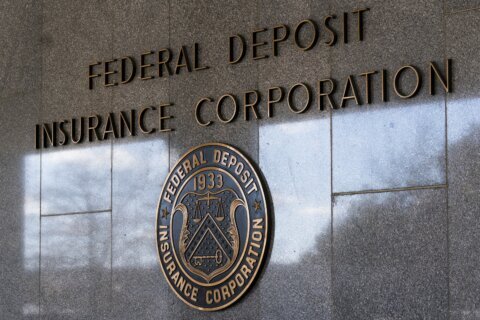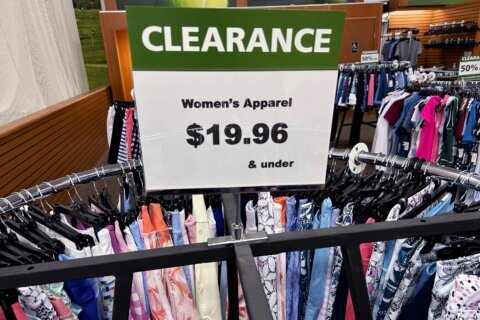WASHINGTON — Not that many years ago, if you wanted to take out a personal or business loan, you would go to your bank, credit union, or ask your wealthy uncle. But the financial crisis that began in 2008 made getting loans from traditional lenders nearly impossible for all but the most creditworthy, and even they were often told no.
As access to traditional loans dried up, enterprising online lenders began to fill in this gap. Now scores of online lending companies offer opportunities for borrowers or those wanting to lend money for personal and small business loans.
In just the first three months of this year, online lenders that make business loans raised $542.2 million in equity, a 76 percent increase over the same period in 2014 according to The Wall Street Journal and Dow Jones VentureSource. Former Treasury Secretary Larry Summers predicted that online lenders could take 70 percent of the small business lending market.
Peer-to-peer lenders, the most common type of online lending, issued loans worth $6.6 billion in 2014 and are predicted to lend over $32 billion by the end of 2016, according to a report by Research and Markets.
So what exactly is peer-to-peer lending and how does it work?
Social or peer-to-peer lenders provide a marketplace for those who want to lend money and those who are looking for a personal loan. The appeal for those willing to lend money is pretty straightforward. Investors seeking potentially better returns than they can currently get from traditional interest bearing accounts or other income investments, like bonds now have the option to directly fund personal loans.
For borrowers, there are several reasons these loans are gaining in popularity:
1. It’s easy to apply for a loan:
Most online application take less than 60 minutes to complete. Borrowers will still have to supply bank statements and tax returns along with other personal information, but even so, it is a much less painful process for borrowers who can spend dozens of hours filling out the mountain of paperwork required by traditional lenders.
2. Funding takes just days not weeks:
Online lenders use sophisticated algorithms along with more traditional requirements like personal credit scores and financial statements to gain a more complete assessment of each borrower. They can approve loans within hours and fund them in just days rather than the weeks it can take for more traditional loans.
3. Many online lenders don’t require collateral:
For many personal or business loans, no collateral is required. This is good news for those who don’t have the collateral to pledge.
Once the loan is approved and the interest rate and terms are accepted by the borrower, individuals who want to lend money can view a list of open loans, along with other information to help them decide which loans to invest in like what the loan is for, the estimated return and a credit score assigned by the online lender.
On the surface, this seems like a win-win solution. But keep in mind that there is no guarantee that these loans will be paid in full or at all. Those willing to make these loans bear all the risk. That said, online lenders like The Lending Club and Prosper do their best to vet potential borrowers, and according to sources like Business Insider, in more recent years have achieved annual default rates in the 3 percent to 5 percent range. But keep in mind that we are not in recessionary times.
As the online lending market continues to heat up with more private companies and big institutional money entering this market than ever before, individual lenders may find themselves getting squeezed out.
Increased competition could be good news for potential borrowers as there is more money chasing their loans. Even so, borrowers need to do their homework. While annual interest rates on personal loans typically ranging from 10 percent to 22 percent can be lower than most credit cards, getting a loan from a traditional bank may still be cheaper.
The same is true for small business loans. Bond Street, an online business lender has annual interest rates that are higher than most traditional banks ranging from 8 percent to 25 percent. One-time loan origination fees for personal and business loans can also vary among online lenders and can reach as high as 5 percent.
Peer-to-peer lending can also be a way to create opportunity for impoverished people around the globe by investing in their businesses rather than giving a donation. Kiva.org is one nonprofit that provides microloans to help lift people out of poverty. According to their website, they have made $728,808,725 in microloans to date with a remarkable 98.68 percent repayment rate.
There are many online lending options to choose from, and my advice, whether you want to explore peer-to-peer lending or borrowing, is to take the time to review several sites before making a final decision.







